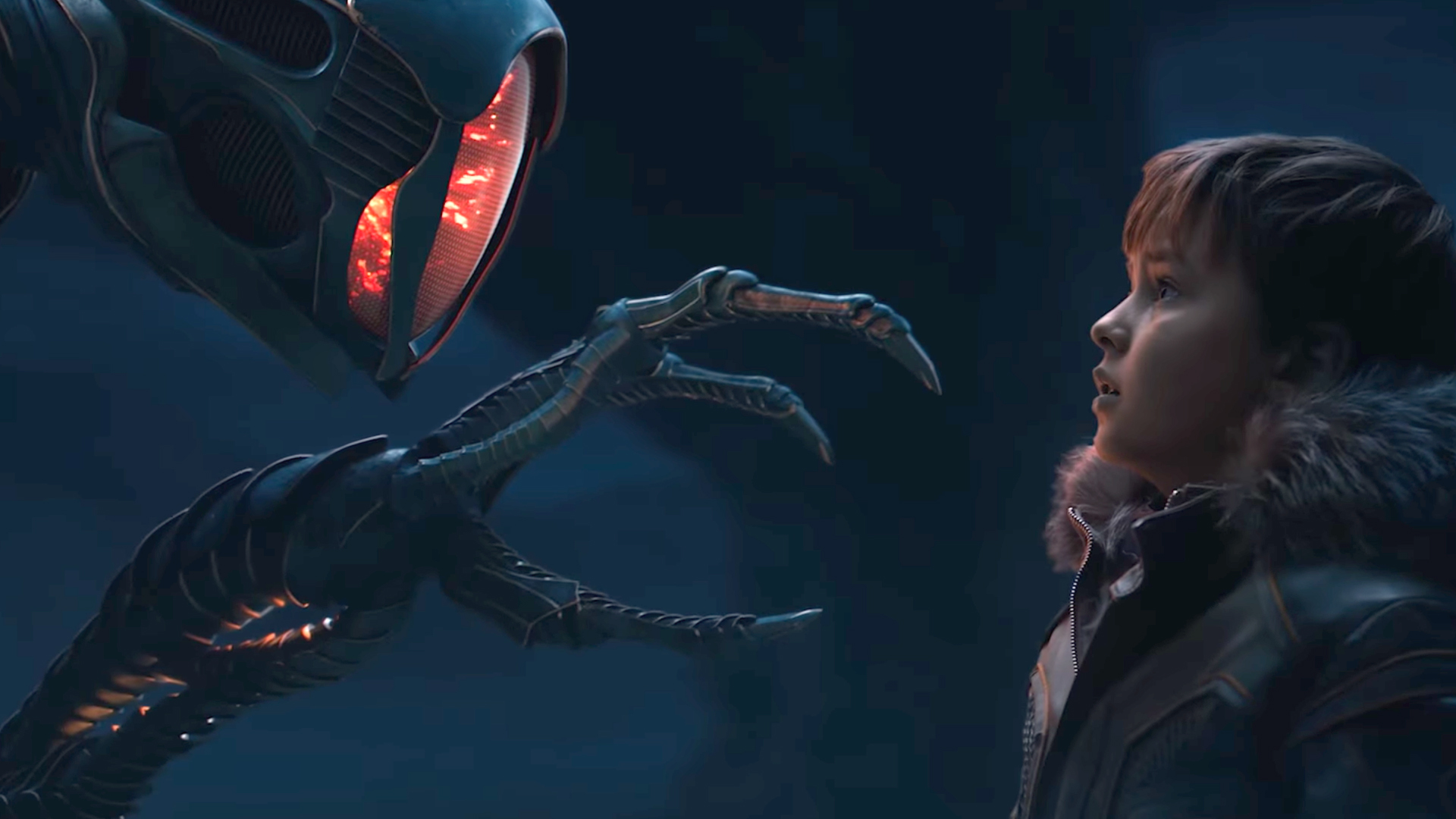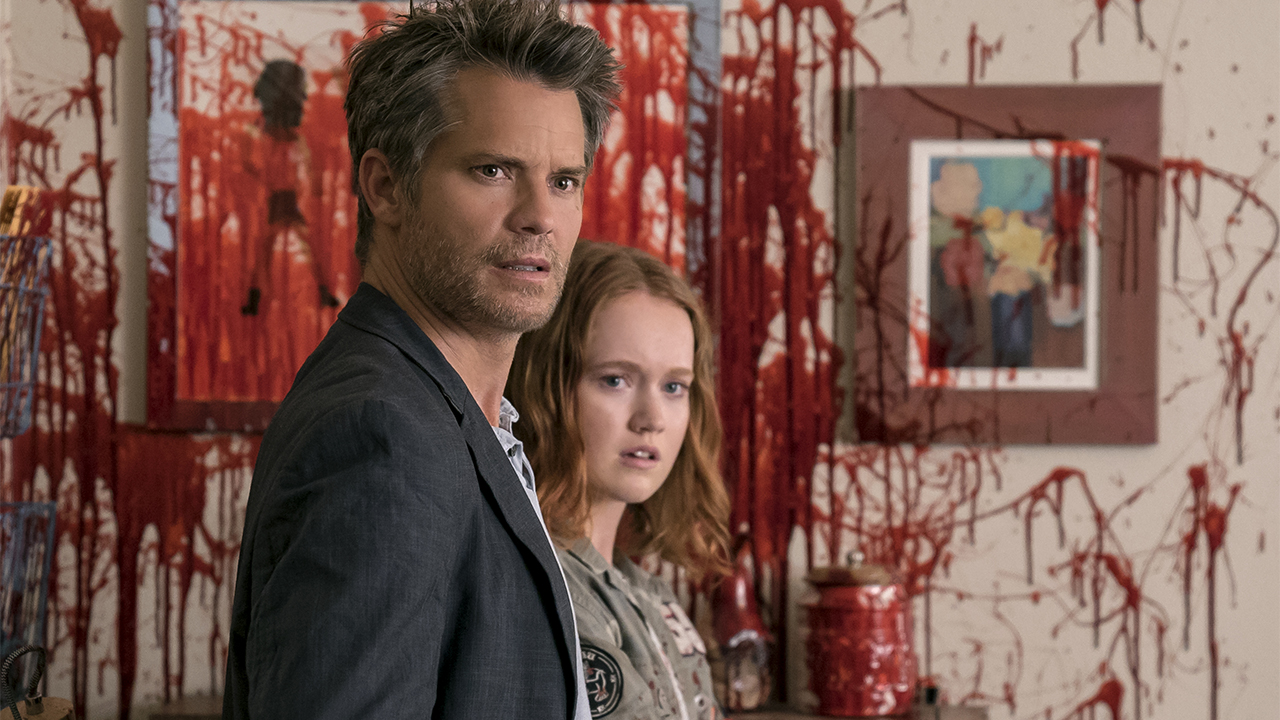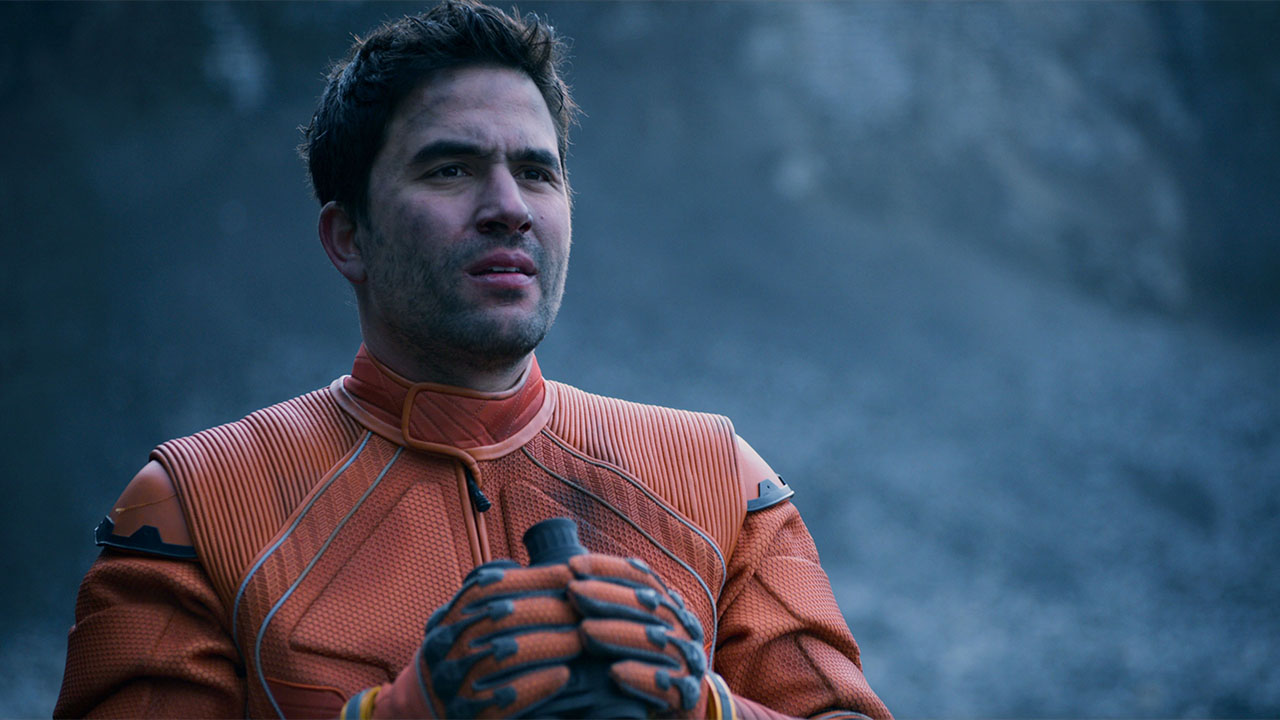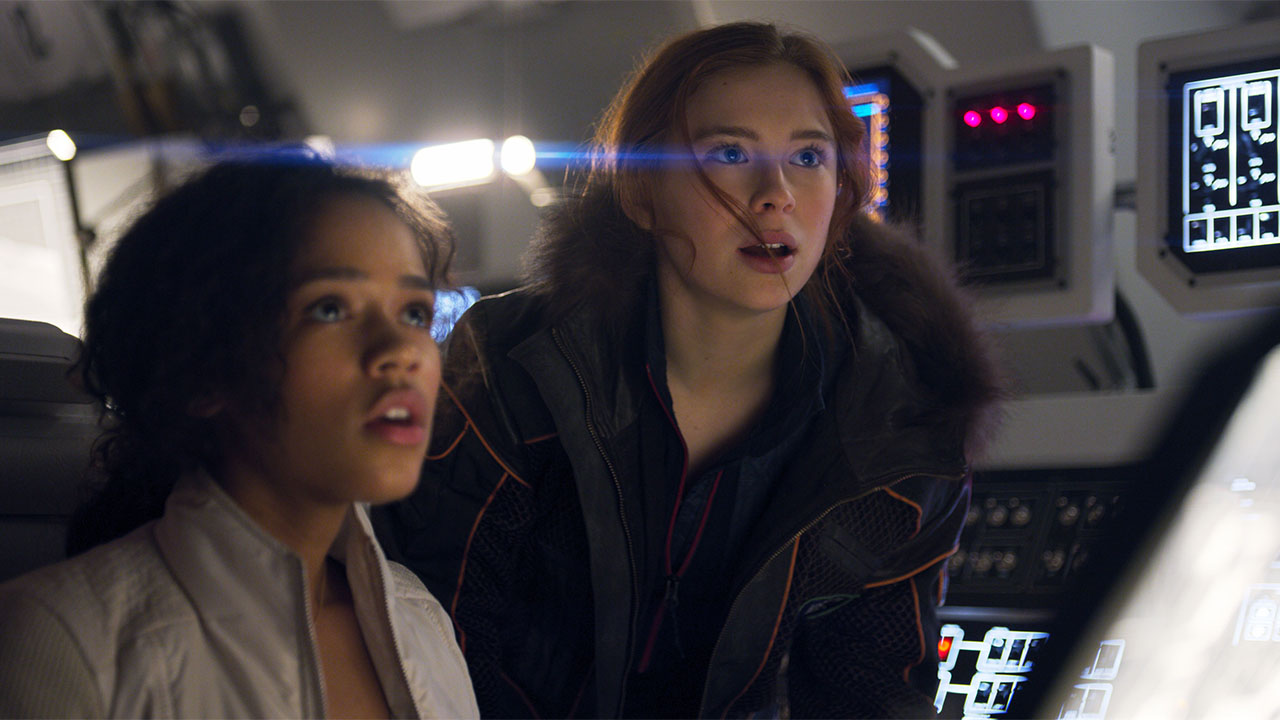Netflix’s Lost in Space is all about family, survival, and making friends with (potentially) killer robots
The new show is clean sci-fi with plenty of underlying peril... but family is at this reboot's heart

It’s a tough task, remaking classic TV like Lost in Space. Stick too closely to the original and you end up with something sentimental and out of kilter with most, more grounded modern TV. Stray too far from the concept, and you not only lose the spirit of the show entirely, but you often walk dangerously into ‘gritty reboot’ territory, losing the subtleties and nuances of what makes the original such an enduring classic. And then there’s the robot - nailing that character is the key to unlocking the whole concept. Danger, indeed, Will Robinson. Early impressions are that Neil Marshall (Dog Soldiers, Game of Thrones) has managed to craft something that walks the fine line between new and old, retaining the classic Lost in Space vibe and putting his own stamp on it too. But first, let’s talk about that robot. And fair warning: mild spoilers follow for the first two episodes, ahead of the season release date of April 13 on Netflix.
Obviously, the robot in the new Netflix series doesn’t look like it was hastily assembled out of a ceiling fan, a child’s assortment of shiny paper, and a bin. At first glance - via the promo photography and art - it seems like the kind of generic murder-bot you’d find in a mid-tier Marvel movie or as an extra in a Star Wars prequel, but things are not quite what they seem. This Lost in Space robot is a living being, with the capacity to adapt and modify itself to suit the situation it finds itself in. When Will Robinson first discovers and befriends the robot, it’s in a very different form to the one it quickly changes into, adapting to become both less terrifying and more human-shaped. Given that the robot has - by necessity - very few lines and no face, it’s a smart move to have it emote via both its deeds and its actual, physical appearance. Right now, after a handful of episodes, the robot is a pleasing mix of friendly helper, and potentially unstable killing machine, really giving viewers the sense that although the Robinsons quickly become reliant on the bot… they absolutely can’t trust it.


The 25 best shows on Netflix
Ok, let’s rewind a little. We join the family Robinson at the start of the season as they’re playing cards over a space-ship dinner table. There’s an uneasy mood, which we soon learn is the result of the fact that the ship is tumbling through orbit above an alien planet, crashing into the side of a colossal, snow-covered mountain seconds later. It’s pretty clear that the exploration mission they signed up for has gone hideously wrong. The crash landing leaves the family mostly intact, although (matriarch) Maureen has damaged her leg. Oh, and the ship is sinking in a glacial lake. Instead of going in for a grand, sweeping opener that explains where the Robinsons are, and why they’re there, the first episode is a tight-knit affair that deals almost exclusively with the actual family. It’s clear there’s tension between John (Toby Stephens) and Maureen (Molly Parker). It’s clear the kids have been forced to grow up fast to go into space. It’s clear that they’re cracking under the pressure of survival in the unknown and that this fractured dynamic is something that’ll run through the whole season. Essentially, the first episode is a crash-course in Robinson family dynamics, which is - after all - what Lost in Space is all about.
Without giving too much away, the family is divided in this first hour, and it’s because of this that young Will discovers the iconic robot, which quickly becomes his companion. Of sorts. Everything about the opening couple of shows suggest that this is a family drama that just happens to have a sci-fi setting, rather than a space show that just happens to feature a family. That’s a crucial distinction, because there’s a very human feel to not only the interactions and plotlines here, but all the tech and gizmos. You really get the sense that everything in this world was built for regular people, who just happen to be, er, lost in space. It’s a clean sci-fi drama with a colourful, non-threatening feel, even if there are some pretty shocking moments of peril during the season openers.

As the show goes on we learn more and more about the family’s backstory, via flashbacks and conversations, and the reasons for the tensions and hang-ups become crystal clear. While the old Robinson family was an unrealistic slice of American apple pie, wrapped in tin foil, this new version is as modern and complicated as it gets. And yet there are still some big hearts beating within it, and a fair few smiles and laughs along the way. It’s so important for retaining the essence of the original show.
Occasionally, the lightheartedness and colour does seem at odds with some of the stuff actually happening on screen, and the drama is lessened by the optimistic varnish over everything. That’s a concession the viewer will just have to make, especially if anyone was expecting Marshall’s trademark darkly-violent cinematic style. Sure, there are moments of peril and darkness running throughout everything, but the overall tone is one of hope and optimism. At least for the start of the season, anyway.

If you’re looking for big-hearted sci-fi, which doesn’t compromise on the reality of human survival and modern family conflicts… wow, you want something pretty specific. Lost in Space very much fills this niche, though, so fill your boots. There are elements of older Star Trek, The Expanse, movies like The Martian and Life, yet this show retains its own sense of identity very well. It even has a villain, of sorts, in the form of the desperate, conniving Dr Smith, played by Parker Posey. All the elements are here for a show that will likely please old and new Lost in Space fans (even the four people who enjoyed the Matt LeBlanc movie), along with anyone looking for an entertaining, feel-good space show with a strong cast. Those expecting hardcore sci-fi or more violent, gritty space horror will be - as far as I’ve seen from the first few episodes - slightly underwhelmed. Danger, Will Robinson? Not so much, but at least they nailed the robot.
Get sneak previews, exclusive competitions and details of special events each month!
Want more new TV coverage? The Terror - AMC's new TV show - is a chilling fusion between The Thing and Master and Commander and it's essential



